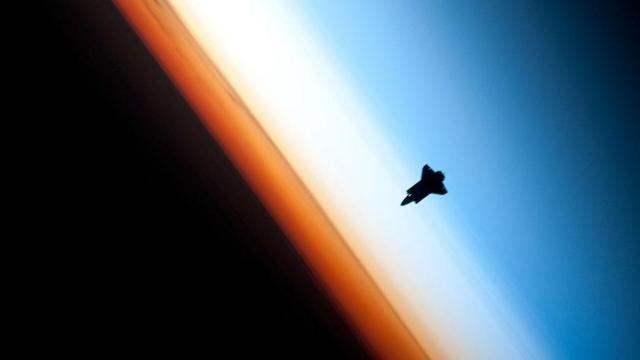A new climate intervention strategy aims to decrease the amount of water vapor in the stratosphere by injecting it with ice-forming nuclei. The idea is that, by reducing the water content, more heat in the form of infrared radiation would leak out into space.
Scientists described the strategy a study published Wednesday in Science Advances. “It’s not a very complicated idea,” Joshua Schwarz, a researcher at National Oceanic and Atmospheric Administration’s Earth System Research Laboratory and lead study author, told Gizmodo. “But this idea… it’s not a silver bullet, it’s not the magic solution that nobody knows about. It’s just one alternative that will do a little something in the right direction.”
Water vapor acts as a greenhouse gas in Earth’s atmosphere, absorbing radiation from the Sun and then emitting it to the surface of our planet. The scientists behind the new study want to target a small amount of the water vapor found in the stratosphere, the second layer of Earth’s atmosphere, by adding ice-nucleating particles. With water vapor condensing to ice, there would be less trapped heat. Removing around 3% of the water vapor would have a global effect, according to the study.
Using observations from NASA’s Airborne Tropical TRopopause EXperiment (ATTREX), a research aircraft that tracked the transport of water vapor into the upper atmosphere, the team created a model to examine the amount of particles needed to pull off stratospheric dehydration and their predicted trajectories. The models suggested that the idea can work to help mitigate the effects of global warming, but a lot of technical challenges still lie ahead in terms of implementing the strategy.
“We have confidence that it would be a win… that it wouldn’t do anything bad and we know exactly how to do it,” Schwarz said. “We didn’t find anything that said, this is impossible, give up. Instead, we only learned that there’s still more to know.”
The stratosphere extends from 4 to 12 miles (6 to 20 km) above Earth’s surface to around 31 miles (50 km) up. There are aircraft capable of reaching those heights, but the idea still needs the development of an engineering capability to inject the nuclei into the stratosphere. And much more work would need to be done to identify the potential risks and unintended effects.
“If we had one magic way to [address climate change] I wouldn’t say, oh we shouldn’t use it,” Schwarz said. “At this point, my feeling is we need more ideas and to explore the implications of the approaches we decided to take…it might be easier to get a mixture of options that’s better for the planet and humanity than just one approach.”
